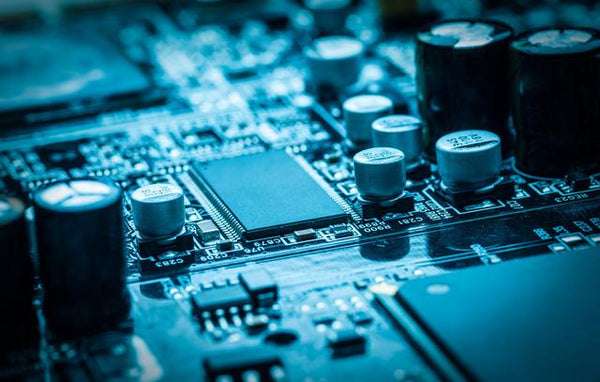What is called a power module? The power module is a power converter that can be directly welded and plugged into the circuit board. According to the conversion method, it is generally divided into AC to DC or DC to DC. With the development of science and technology, the volume of the power supply tends to be modularized and miniaturized, so the power supply module appears. It has the highest degree of integration. The main circuit of the switching power supply is integrated into the chip circuit, which can realize functions such as broadband modulation, isolation and multiple protections.

The common basic principle consists of the following parts, the input rectifier filter, including the rectifier bridge and the input filter capacitor. Monolithic switching power supply, including power switch tube, controller and MOSFET. There are also high-frequency transformers, leakage-level clamp protection circuits, optocoupler feedback circuits, output rectifier filters, bias circuits and other components.
The power module can generally be adapted to the input voltage range of AC 85-265V or DC 100-370V through the input rectifier filter, and the frequency can be selected from 47 to 400 Hz, and the normal frequency is 50/60 Hz. Because it has small size, high integration, high cost performance and best performance indicators, it only needs the simplest peripheral circuit and can be used with a small number of discrete components. And with the advantages of high efficiency, high reliability, flexible design, etc., it has become the preferred integrated circuit for the development and design of small and medium power switching power supplies.
The technical requirements for choosing the power module solution are low, the design is simple, the space is small, the reliability is high, and the solution can be changed at any time. When the product design needs to be changed, just connect in parallel or replace the power module. Therefore, it is widely used in industrial control, mechanical equipment, shipbuilding, aerospace, communications, military industry, data communications, handheld electronic products, instrumentation, LED lighting, intelligence, electricity, railways, security, mining, medical, automotive electronics, etc.
At present, it is almost difficult for a single power module to pass EMC experiments such as SURGE, EFT, CE, RE, etc. Although foreign products have long life, high reliability, and good EMI control, their anti-interference performance is still not strong enough. Most of the switching power supplies are certified by UL and 3C, and the EMI performance is guaranteed. However, the failure to pass after modularization is due to the method of testing EMI. If you want the device to pass the EMC test, you need to do a good job of peripheral circuit design.
When choosing a power supply module, it is best to choose a power of 30-80% of the used power. Generally, its various performances are stable and reliable within this power range. The grade classification mainly includes commercial grade, industrial grade and military grade. Different grades have different requirements for working temperature, vibration, humidity and so on. In order to ensure the long-term stable and reliable operation of the product, the actual application environment should be considered when selecting the product.
To learn more about Li-ion batteries, please refer to https://www.junleepower.com/

